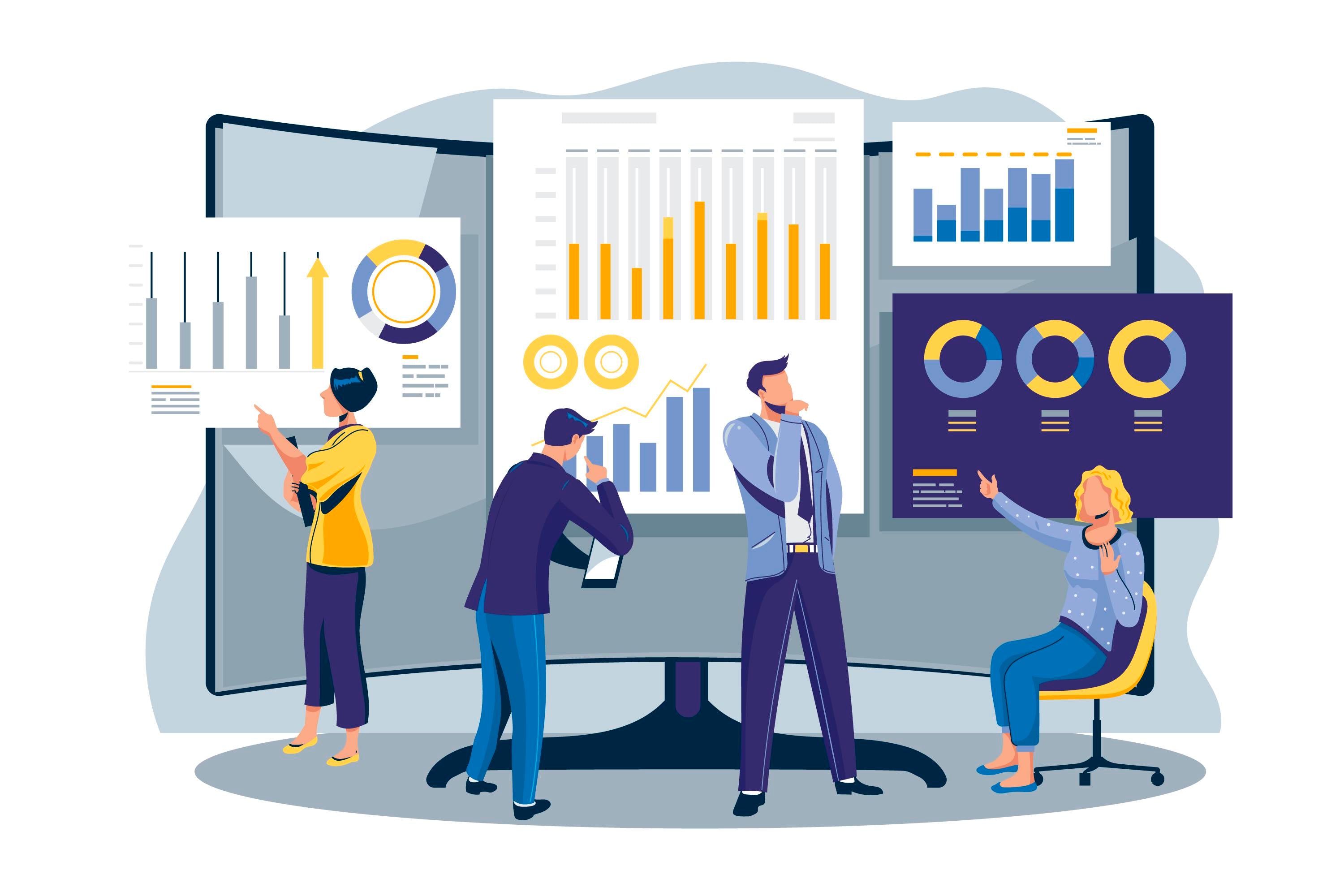Your basket is empty
Already have an account? Log in to check out faster.
Already have an account? Log in to check out faster.

Data analytics has transformed every facet of business, and HR is no exception. From optimizing recruitment processes to enhancing employee engagement, data-driven decisions are reshaping the way HR operates. In this article, we’ll explore how modern HR teams can leverage analytics to drive organizational success.

Why Data Analytics Matters in HR
Informed Decision-Making
Analytics provide insights that help HR leaders make strategic decisions backed by data.
Improved Recruitment
Identify the best channels and strategies for sourcing top talent.
Enhanced Employee Engagement
Use feedback and performance metrics to tailor engagement initiatives.
Cost Optimization
Reduce turnover costs by identifying trends and addressing retention challenges.
Future-Proofing
Predict trends to adapt HR strategies for upcoming workforce needs.
Applications of Data Analytics in HR
Recruitment Analytics
Track application sources, time-to-hire, and candidate quality to refine hiring strategies.
Performance Analytics
Monitor individual and team performance to identify high performers and address skill gaps.
Engagement Metrics
Use surveys and sentiment analysis to measure employee satisfaction.
Retention Analysis
Identify at-risk employees and design interventions to improve retention.
Learning and Development (L&D) Analytics
Evaluate the effectiveness of training programs and align them with organizational goals.
Key Tools for HR Analytics
People Analytics Platforms
Comprehensive tools to centralize HR data and generate actionable insights.
Learning Management Systems (LMS)
Track employee progress and effectiveness of training programs.
Employee Feedback Systems
Gather real-time feedback to assess workplace satisfaction.
AI-Driven Insights
Leverage machine learning to predict trends and automate routine HR tasks.
Dashboards and Visualization Tools
Create easy-to-understand visual reports for stakeholders.
Best Practices for Using Data Analytics in HR
Set Clear Objectives
Define what you want to achieve with data analytics (e.g., reducing turnover, improving hiring).
Ensure Data Accuracy
Regularly clean and validate data to maintain reliability.
Focus on Employee Privacy
Implement strict data protection measures to ensure confidentiality.
Train HR Teams
Provide training on interpreting and using data effectively.
Start Small
Begin with manageable projects before scaling up analytics initiatives.
The Benefits of Data Analytics in HR
Personalized Employee Experiences
Tailor initiatives based on individual preferences and needs.
Improved Workforce Planning
Use predictive analytics to forecast future talent requirements.
Increased Productivity
Identify inefficiencies and streamline processes.
Enhanced Organizational Agility
Quickly adapt HR strategies to align with business changes.
How Gallery HR Can Help
Comprehensive Analytics Tools
Centralize HR data to generate actionable insights.
Customizable Dashboards
Provide real-time visibility into key HR metrics.
Predictive Analytics Features
Identify trends and anticipate workforce needs.
Integration with HR Systems
Seamlessly connect with existing tools for a unified data view.
Conclusion
Data analytics is revolutionizing HR by enabling smarter decisions, enhancing employee experiences, and driving organizational growth. By leveraging tools like Gallery HR, businesses can unlock the full potential of their workforce. Ready to make data-driven decisions? Schedule a free demo with Gallery HR today.
For more insights, subscribe to the Gallery HR newsletter.
Gallery HR - Tailored for Sri Lanka: Built to address local business challenges.
Your Next Step: Experience the Power of Gallery HR
Ready to transform your HR processes and take your business to the next level?
📩 Request a Free Demo today and see why Gallery HR is the go-to solution for Sri Lankan businesses.
Join our empire today!































0 comments